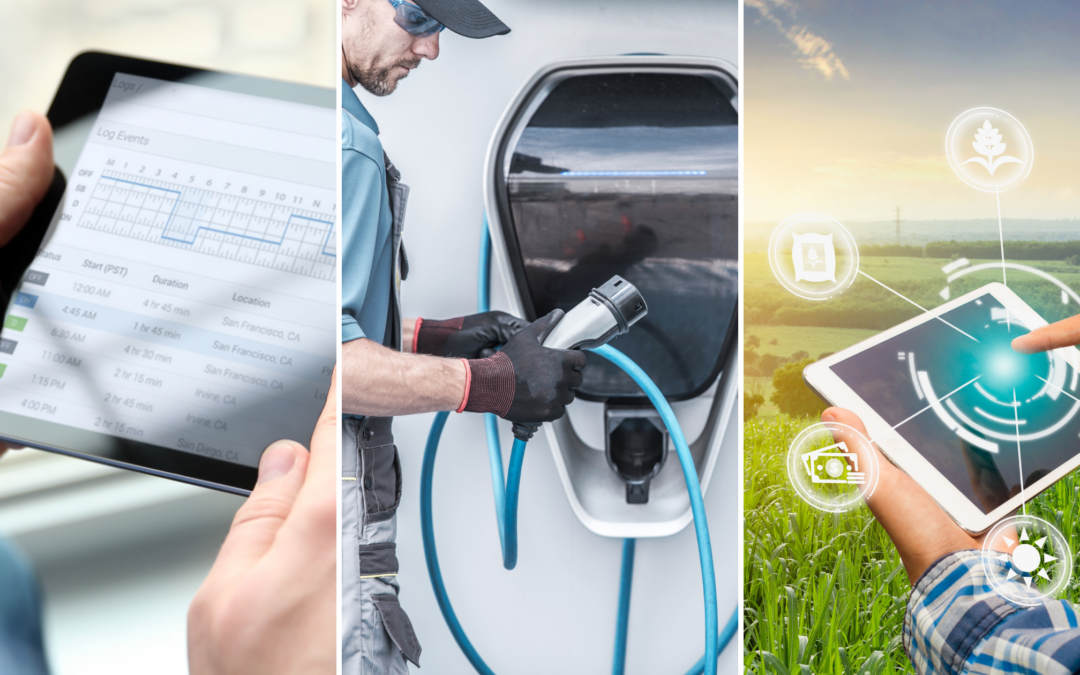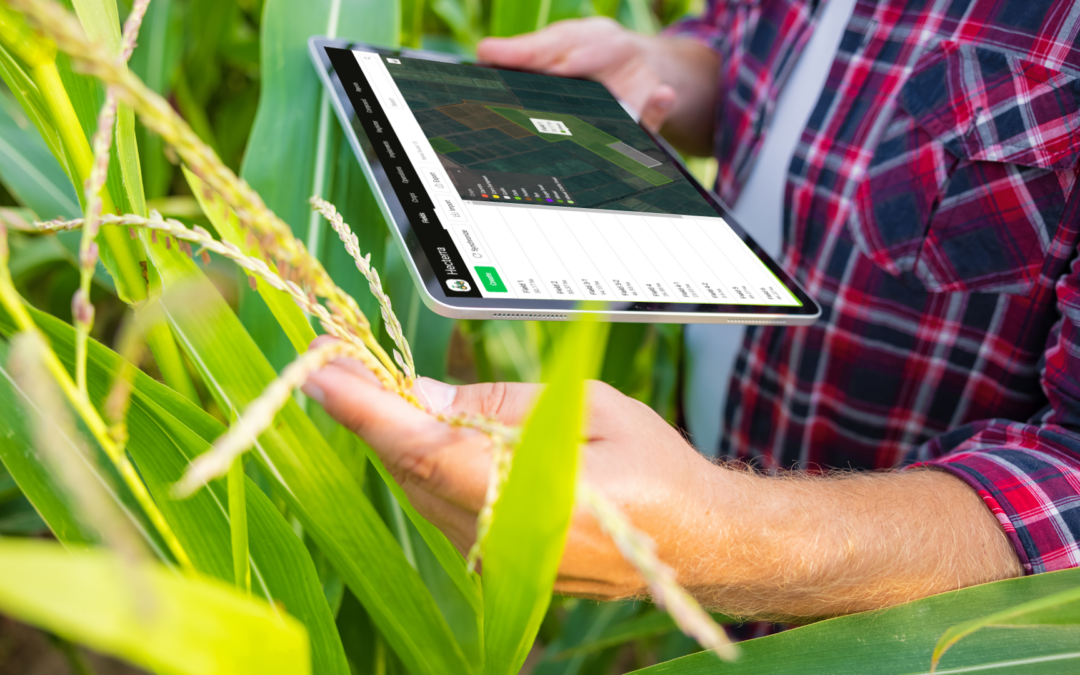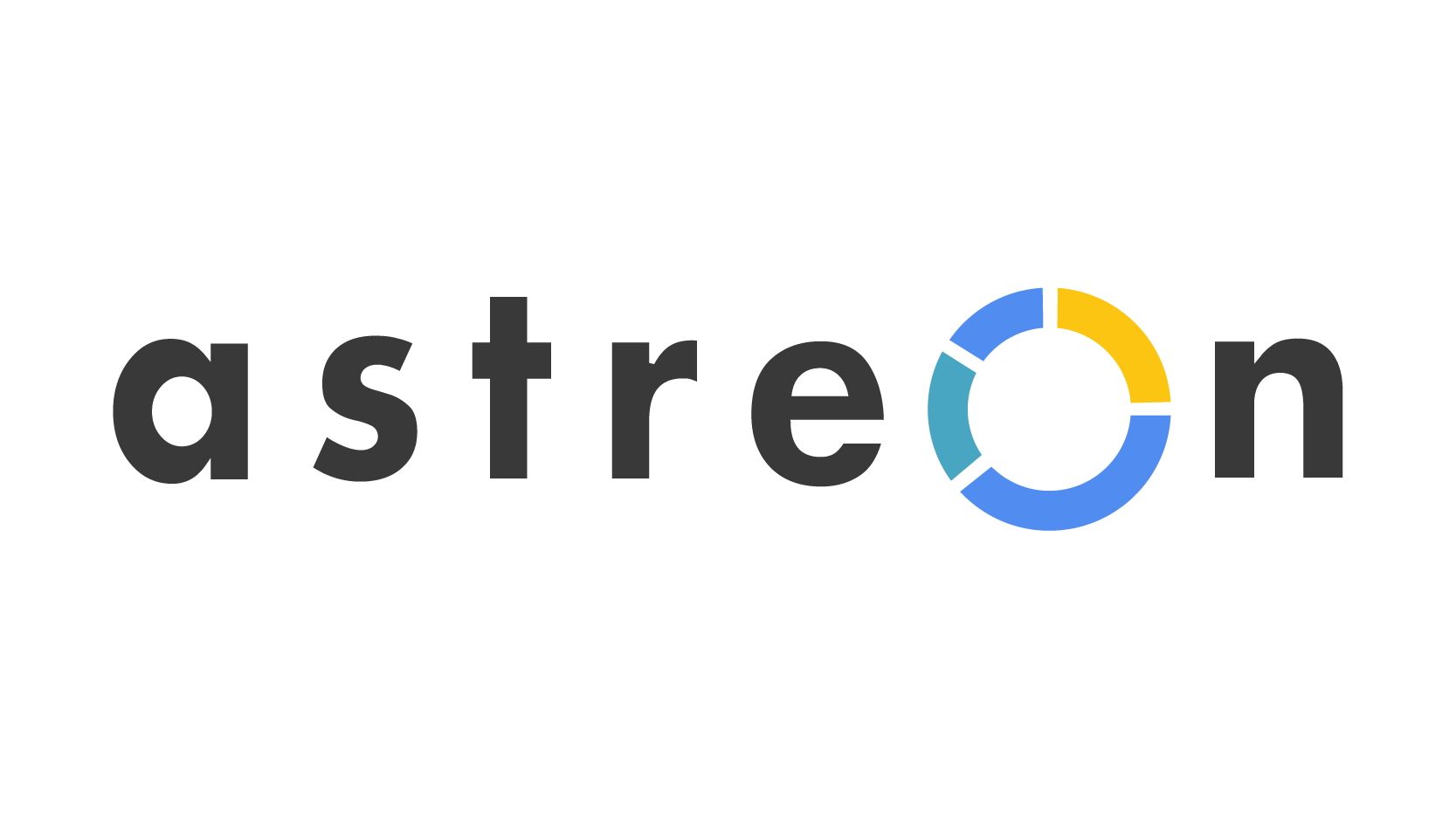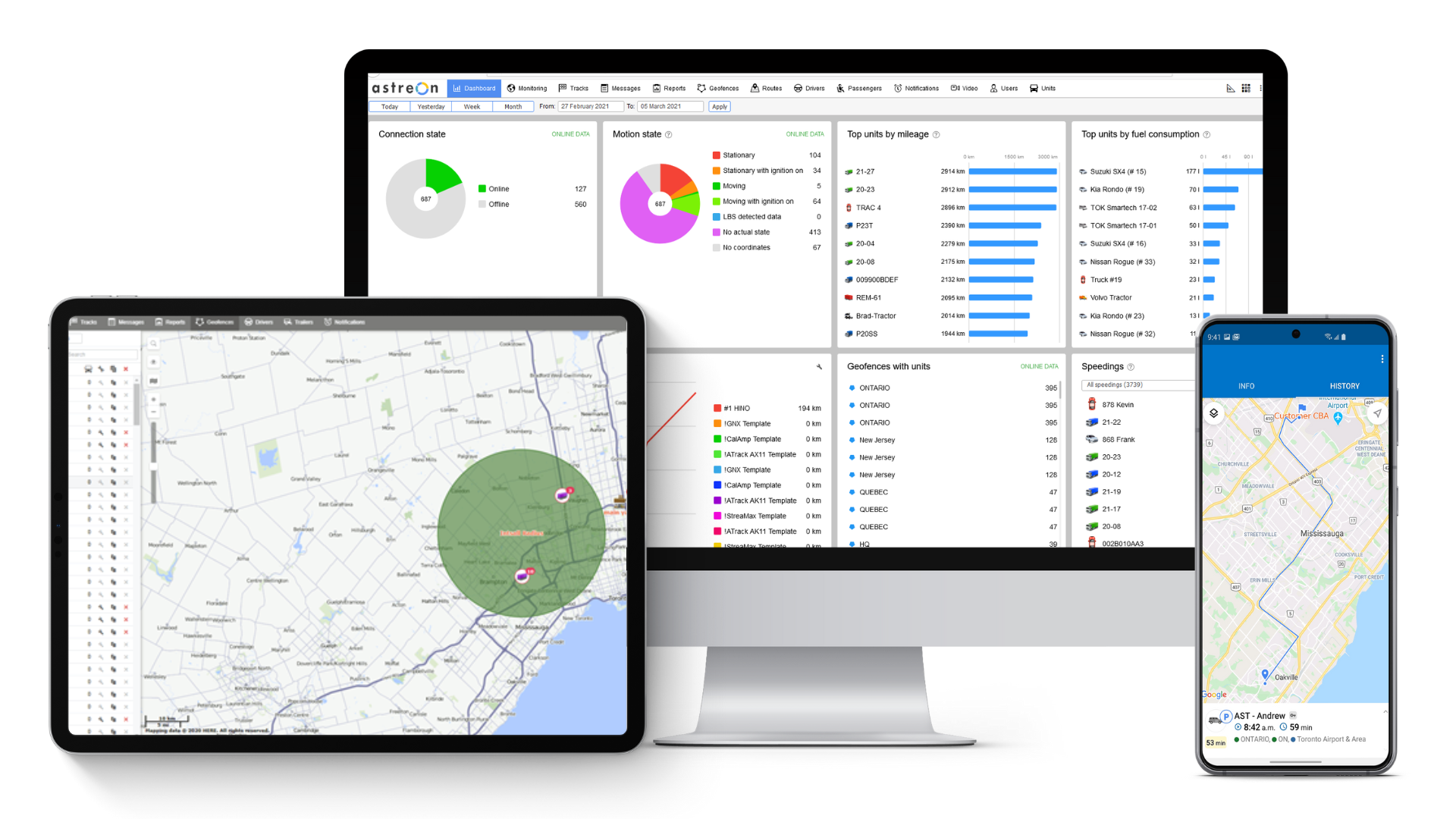
by Yumi | Apr 18, 2023 | Agriculture, Asset tracking, Fleet management, Fleetrun, Fuel, Logistics, Maintenance, Operation, Telematics, Tracking, Transportation & Logistics
Many of our readers are well versed in transportation telematics technology and benefit from it’s services every day. You understand GPS Tracking, how it works, fuel data, OBDII and JBUS ports, driver behavioral data, etc. Some may overlook a few features and...

by Yumi | Dec 20, 2021 | Agriculture, ELD, Electric Vehicle, Sustainability
This year has a log of changes in the world, especially regulations. In addition to Covid-19 regulations, there are many regulations we have to comply with. The term “changes” also applies to fleet and technology industries this year. In this article, we review...

by Yumi | Oct 14, 2021 | Agriculture, Hecterra
The agriculture and farming industry has embraced a major transformation with the new era of “Smart Technology” that is designed to help improve efficiency using telematics and GPS tracking technology. “Smart Technology” refers to operating farms by utilizing modern...






